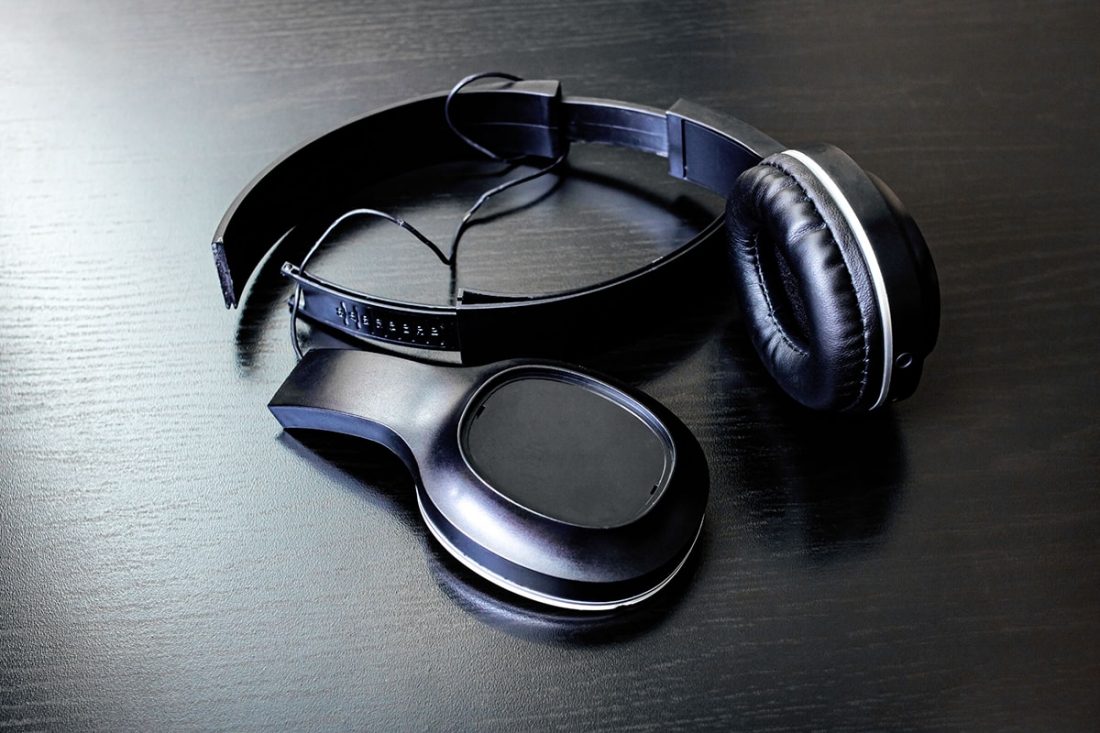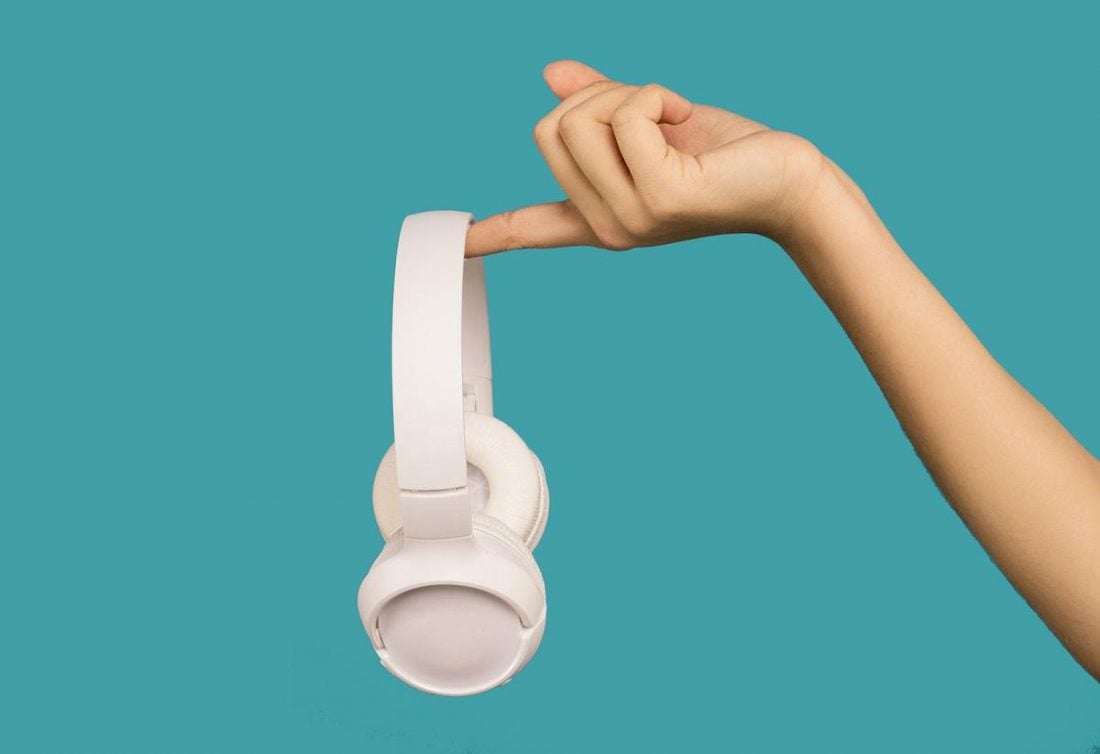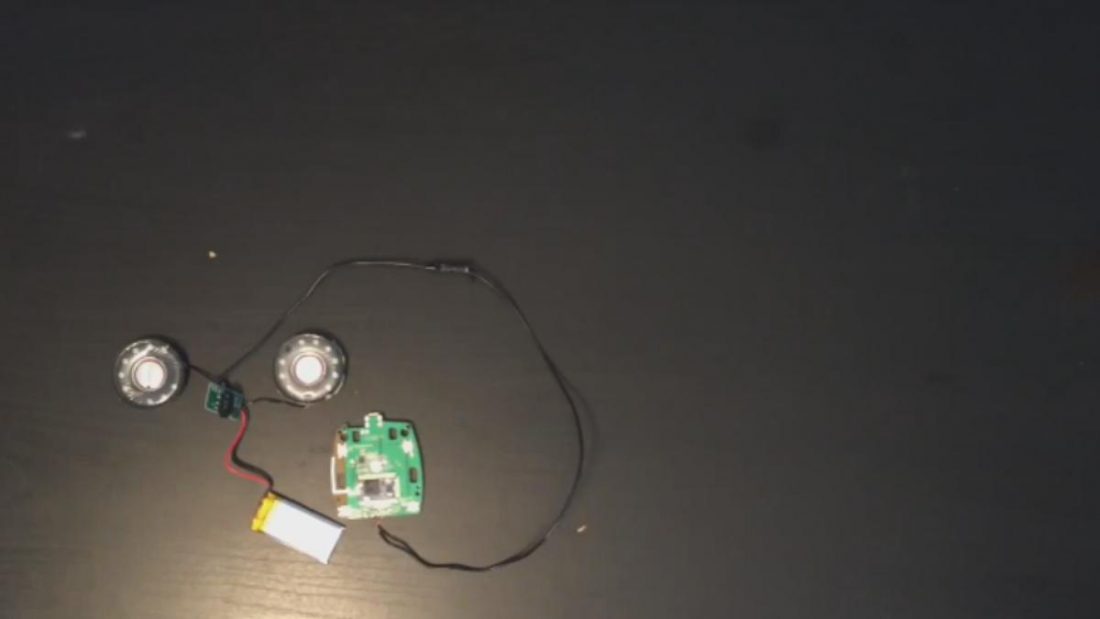You put your headphones on, go to play some music, and suddenly realize that there’s no sound coming from them. With a bit of panic, you decide to check out multiple online tutorials to try and fix things. But nothing works. Now, you’re left with an overwhelming sense of disappointment, and what seems like a useless lump of plastic. Since headphones are made from materials that can be toxic to the environment, you can’t just throw them in the garbage. So, what are you supposed to do with them? Well, those headphones can be put to more use than you might think. Today, we’re going to look at your options for disposing of (or repurposing) your broken headphones.
Should You Just Throw Your Broken Headphones Out?
To be absolutely sure that your headphones are beyond repair, feel free to check out our different articles on DIY repairs on broken headphones:
If your cables snapped, go to our how to fix headphone wires article. For stereo/mono problems, we’ve created a guide on what to do when headphones only work in one ear. If your headphones won’t stay inside the port, check out the article on fixing a loose headphone jack. Lastly, if there are sound buzzes or distortion, consult our guide on the DIY fixes when you hear static in headphones.
Headphones are made up of many different components, and some of the materials that make up those components can be harmful to the environment if disposed of improperly. To make an informed decision, you first need to be aware of what your headphones are made of.
What are headphones made of?
Since headphones are made from a variety of materials, knowing what parts are recyclable and what parts aren’t is important in making a decision on what you want to do with them.
Headband: The headband piece of headphones is usually made from a hard PVC because it’s durable and offers some elasticity to accommodate different head sizes. However, PVC isn’t recyclable. If it’s in good enough condition to be reused, you can sell it for parts. Earbuds: Earbuds can be made from silicone, latex, rubber, or leather. The padding on headphones is usually stuffed with foam to keep them comfortable when in use. Both foam and latex are materials that can’t be recycled. Speakers: The speakers inside your headphones are made up of magnets (metal), copper coils, and cones (plastic). All of which can be recycled. Cord: Headphone cords are made of copper or aluminum wire that’s insulated by rubber or cloth. All of these materials can be recycled. Jack: The key connector between your device and your headphones, the jack consists of copper that’s surrounded by a casing made of metal or PVC. Everything aside from PVC casing can be recycled.
What to Do With Broken Headphones: Recycling
Recycling headphones isn’t always easy if you don’t know where to start. Luckily, there are those who can recycle them for you. Recycling is a great way to reduce waste, and there are multiple ways of going about it.
Donate to manufacturers that recycle headphones
Manufacturers can often have recycling programs that allow you to dispose of your headphones properly. In most cases, all you need to do is either send them in, or drop them off at one of their participating locations. As an example, JLab Audio offers a recycling program that allows you to send your broken headphones to them for proper disposal. They work directly with a recycling center that specializes in handling such electronics. They’ll even give you a 30% coupon for your next purchase from their site!
Reach out to your area’s recycling facility
Manufacturers aren’t the only ones that can assist in recycling your headphones. There are likely a few recycling facilities in your area that can take care of it for you. Earth911 offers a great tool that allows you to search their database for recycling centers in your area based on the item and your ZIP code, making recycling even easier for you.
Try trading your old headphones in
Some stores offer trade-in programs, which are a good way to get some money back on your broken headphones. Best Buy offers a trade-in program that allows you to trade-in your old headphones, in any working condition, for a Best Buy gift card. If you’re shopping around for a new pair, this can be a great way to shed some dollars off the price.
Feeling Crafty? Here Are DIY Projects You Can Do on Broken Headphones
You don’t always need to recycle old headphones. Instead, you can repurpose them. Broken headphones can be used for more than you might think, and can be made into a fun and crafty personal project.
Turn your old headphones into speakers
If you have a knack for technical DIY, you can use your broken headphones to make a stereo speaker. For this, you’ll need a pair of broken headphones, bluetooth speakers, a soldering iron, and if necessary, scissors.
Make cute accessories out of broken headphones
The cable from your headphones can be used to make some nifty accessories, like bracelets. All you’ll need is the cable from your headphones, some small decorative rings, and a pair of pliers to crimp it off when you’re finished. Check out the video from Ecobrisa DIY for more crafty ideas.
DIY lavalier microphone
Lavalier microphones are the small collar attached microphones that are commonly used in interviews and presentations. They’re small, and help to capture sound without the need for a bulky microphone being in the way. For this, you’re going to need a pair of headphones, scissors, black electrical tape, a black sharpie, and a tie clip. Want a video tutorial for this? Click here.
Chop up broken headphones for reserved parts
If parts of your headphones are still in usable connection, you can salvage them and keep them as replacement parts. If you have another pair of headphones that stop working, you can use these parts to mend them, saving you some money.
Headband: The headband part of headphones can easily snap if stretched too far. They can also start to split away from each other, exposing the internals of it. Replacement headbands are a great fix for this and can solve the issue instead of replacing the whole unit. Earpads: Over time, your earpads can begin to split, exposing the foam inside. Replacement earpads keep your headphones looking good and feeling comfortable. Plug: If one of the earpieces of your headphones stops working, it’s most likely because of a faulty headphone plug. Keeping a spare headphone jack on hand can save you the time of looking for a replacement one. Cable: The wires inside your headphones cable can degrade over time through constant movement and pulling. So much so, that the wires begin to expose themselves. This makes the headphones prone to short circuits. Save yourself the time and effort of replacing them by keeping a spare cable on hand.
Conclusion
Broken doesn’t always mean worthless, especially when it comes to headphones. Broken headphones can be recycled, salvaged, and even repurposed. Now that you’re aware of the options you have, you can make an informed decision on what you want to do with your broken headphones. Have any of your headphones broken on you? If so, what did you do with them? Let us know in the comments below!


